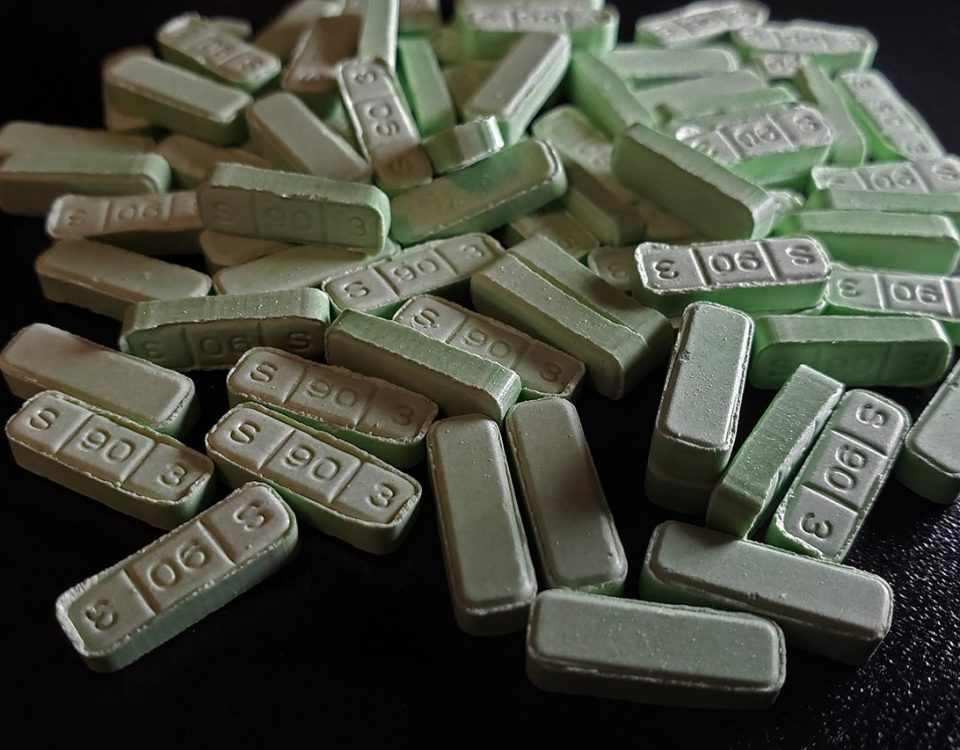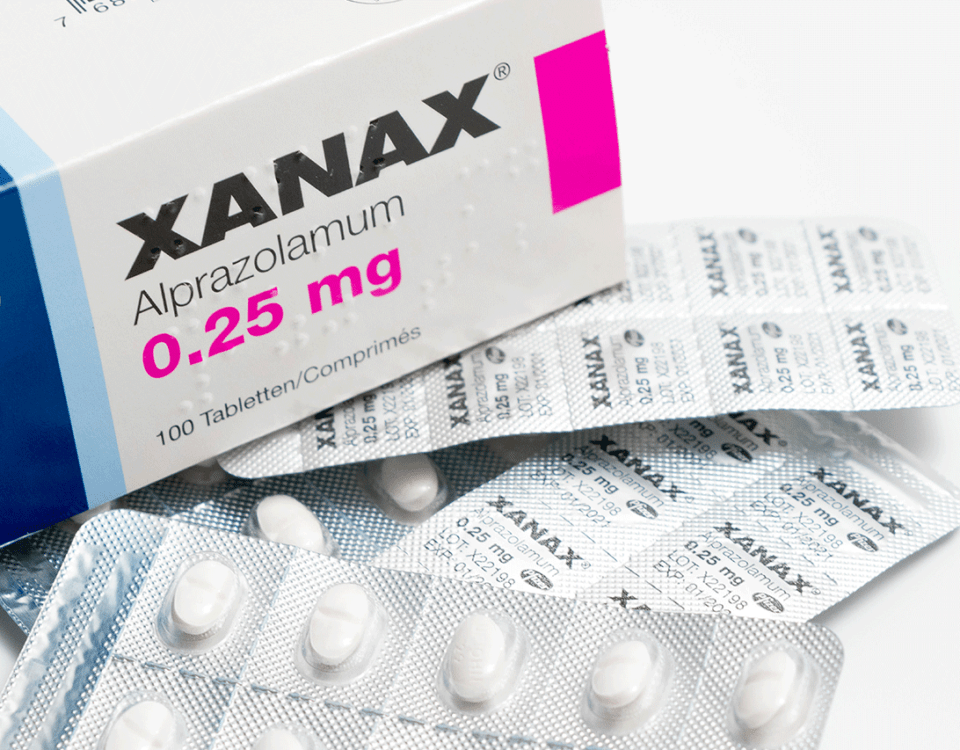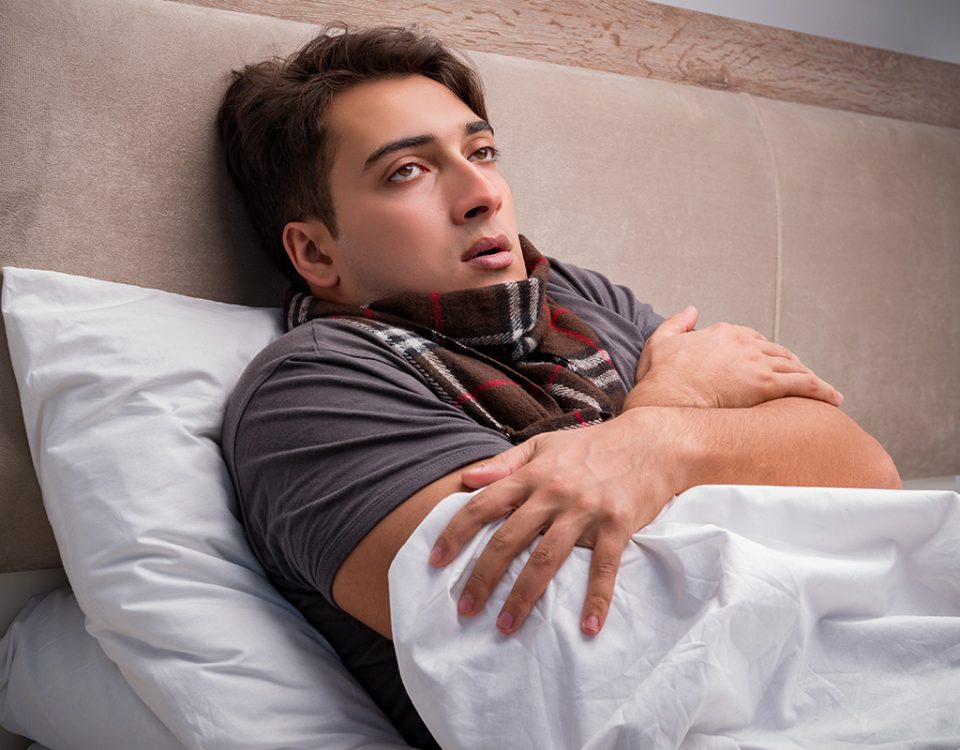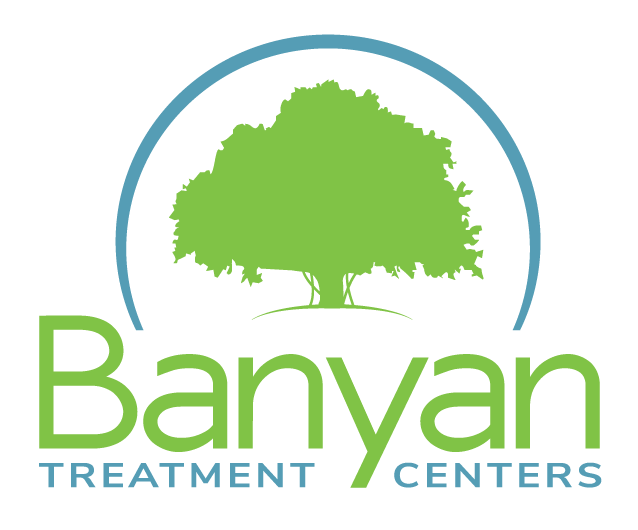Oxazepam is the generic name for the medication Serax, which is a prescription drug that falls into the benzodiazepine (benzo) drug class. Like other benzos, oxazepam is prescribed to treat patients suffering from anxiety disorders, seizures, and sometimes alcohol withdrawal symptoms. Benzodiazepines work by increasing the levels and activity of GABA, an inhibitory neurotransmitter that produces sedative effects when activated in the central nervous system (CNS). Considering the impact of these medications on the body, it’s important to understand what oxazepam overdose is if it’s been prescribed to you or a loved one.
Oxazepam Overdose Symptoms and Signs
You can overdose on oxazepam when the drug is taken in excess. However, the quantity of a substance that is enough to cause an overdose can vary from person to person. Prescription drugs like benzodiazepines have been a consistent and growing problem in the United States as more and more people become addicted to their medications.
However, an oxazepam overdose can also occur accidentally, most often when children have access to their family members’ medications. Considering the age and size of the individual, in cases when small children ingest too many Serax pills, the risk of death is higher.
Serax overdose is considered intentional when it occurs in cases of benzodiazepine abuse. Benzos are one of the most commonly abused substances in the nation, mainly because of their sedative effects. These side effects are more pronounced when the drug is taken in high doses, as well as when it’s combined with other sedatives, such as alcohol and opioids.
Any prescription drug overdose can be fatal or can lead to permanent physical damage in cases when the person survives. For these reasons, if you or someone you know takes oxazepam as prescribed, it’s important to be aware of common overdose symptoms to ensure the individual receives medical support if needed.
Common oxazepam overdose symptoms include:
- Respiratory depression
- Drowsiness and sedation
- Slurred speech
- Blurred vision
- Confusion
- Impaired motor coordination and balance (ataxia)
- Nausea and/or vomiting
- Cold, clammy skin
- Inability to wake up
- Unconsciousness
- Nodding in and out of consciousness
- Bluish tint on the skin or nails
Some people who reach a toxic level on Serax or benzo alone can appear to have mild overdose symptoms. Some may also experience symptoms that are the opposite of those typical of benzo use, otherwise known as paradoxical reactions. These symptoms may include anxiety, hallucinations, delirium, and aggression.
Gastrointestinal symptoms are also common. If someone were to take excessive quantities of opioids and oxazepam, symptoms like clammy skin, unconsciousness, confusion, and respiratory arrest are more likely to occur.
How Much Oxazepam to Overdose?
The dosage of oxazepam varies depending on the patient and their symptoms. It’s important to follow your doctor’s directions on how and when to take this medication, as well as the dosage you’re meant to take. Going outside of your doctor’s directions can increase your risk of overdosing on oxazepam.
For oral dosages of Serax, doses in adults may range from 10 to 30 milligrams (mg) taken 3 or 4 times a day and up to 10 mg taken 3 times a day for treating anxiety. For alcohol withdrawal, oxazepam doses are usually 15 to 30 milligrams (mg) taken 3 or 4 times a day.
Therefore, an oxazepam overdose can occur whenever the individual’s typical dose is exceeded. So, if the person’s body is accustomed to taking 10 mg 3 times a day, taking higher doses or taking additional doses can lead to an overdose. Other factors that may contribute to a Serax overdose include the person’s age (older individuals are more susceptible to toxicity,) use of other substances in combination with benzos, and liver and kidney health.
Is Oxazepam Overdose Death Possible?
Oxazepam overdose death can occur and is usually a risk in cases when the individual has combined the drug with other sedatives like alcohol or benzodiazepines. In these situations, sedatives like benzos, alcohol, and opioids can lead to respiratory depression or shallow and ineffective breathing. This can either prevent the individual from getting enough oxygen to their brain, leading to permanent brain damage, or stopping breathing, which can be fatal.
Benzo Alternatives
Benzodiazepines like oxazepam are frequently used to treat anxiety because of their strength and quick onset of action. But they also have a number of disadvantages, such as the possibility of addiction, tolerance, and withdrawal symptoms. Thankfully, there are a number of substitute drugs that can be used to treat anxiety without the side effects of benzodiazepines.
Buspirone, often sold under the name Buspar, is one such substitute. It is a non-benzodiazepine drug that is useful in treating generalized anxiety disorder. Buspirone has been discovered to be equally as effective as benzodiazepines at reducing anxiety symptoms because it targets serotonin receptors in the brain.
Another option is pregabalin, whose brand name is Lyrica. It is an anticonvulsant drug with demonstrated efficacy in the treatment of both social anxiety disorder and generalized anxiety disorder. Pregabalin reduces anxiety symptoms by concentrating on the brain's gamma-aminobutyric acid (GABA) receptors. It could be worth it to inquire with your psychiatrist about effective medication alternatives to benzos.
There are also numerous non-pharmacological methods for treating anxiety in addition to these drugs. Talk therapy methods like cognitive-behavioral therapy (CBT) are effective in treating anxiety symptoms. CBT assists people in recognizing and altering unfavorable thought patterns and actions that fuel their anxiety.
Anxiety symptoms can also be reduced with the help of mindfulness-based techniques, such as mindfulness-based stress reduction (MBSR). These approaches encourage practicing mindfulness meditation and other mindfulness practices to help people become more conscious of their thoughts and emotions and learn to manage them more skillfully.
Benzo Addiction Treatment at Our Sebring Drug Rehab
If you recognize the signs of a benzo overdose in someone, call 9-1-1 immediately to prevent serious injury or death. Overdose is also a risk in individuals who engage in benzo abuse. In this case, the best way to prevent overdose is to stop using drugs altogether.
However, this can be difficult, ineffective, and even dangerous without professional support. Our drug rehab in Sebring, FL, offers benzodiazepine addiction treatment that offers the physical and psychological care necessary for achieving long-term sobriety.
In addition to medically monitored detox, this program also incorporates evidence-based therapies like cognitive behavioral therapy (CBT) and biofeedback to address the mental ties to drug use and set the client up with effective relapse prevention strategies. No matter how long you’ve been battling addiction, recovery is possible.
Call Banyan Treatment Centers today at 888-280-4763 to speak to our team and find out more about our Sebring drug treatment.
Related Reading:









